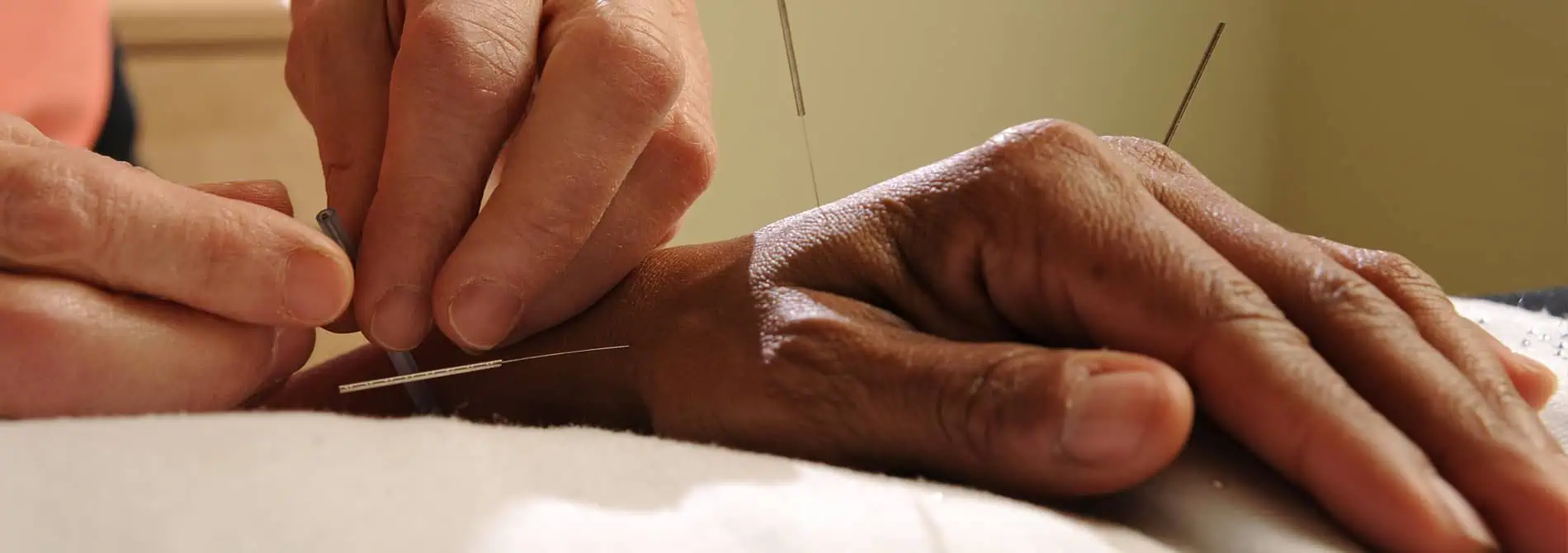Dr. Stacy Grossman, Psy.D., QS | Assistant Clinical Director
Over the last several years, you may have noticed that the world has been pretty focused on mindful meditation. The term has been catapulted into the limelight and seemingly inserted into our cultural zeitgeist. So, what is mindfulness? Why is it everywhere? And how do we do it?
What is mindfulness?
The Oxford Language definition of mindfulness is “a mental state achieved by focusing one’s awareness on the present moment, while calmly acknowledging and accepting one’s feelings, thoughts, and bodily sensations, used as a therapeutic technique.” Plain and simple, it is the act of being aware of the present moment, often utilizing our five senses to ground us in the moment. Mindfulness is a state of being, a way to connect yourself to your surroundings. It can be active, like walking in nature and focusing on the outside world around you or lying down while concentrating on your breathing.
If you or a loved one need help, call our admissions team today at 561-270-1753.Why is this practice so prevalent?
The science behind mindfulness is quite astounding. Past research from UCLA and Harvard University has found that mindful meditation can change the brain’s structure and increase gray matter. These studies also showed that people who practice mindfulness reported better cognitive function, decreased anxiety, and improved stress regulation. These studies indicate that daily practice leads to long-term changes, which result in positive benefits to our health and wellness. These benefits are why mindfulness is everywhere — 30 minutes per day can lead to better function in many aspects of our lives.
How can we practice mindfulness?
Guided meditations are a great way to introduce yourself to the mindfulness phenomenon. You can download various applications on your smartphones or tablets that offer a free library of meditative choices. Another excellent mindfulness exercise is focusing on your breathing while relaxing, like counting your breaths and noticing how your breath feels inhaling and exhaling.
The 5-4-3-2-1 technique is also handy. Wherever you find yourself right now, look around and notice:
- Five things you can see
- Four things you can feel
- Three things you can hear
- Two things you can smell
- One thing you can taste
This technique can be powerfully grounding as you connect your body to your current surroundings.
Give meditation a try today. See how different your ability to manage stress can be by engaging in any of these simple activities.
Headwaters is a well-known care provider offering a range of treatment programs targeting the recovery from substance use, mental health issues, and beyond. Our primary mission is to provide a clear path to a life of healing and restoration. We offer renowned clinical care for addiction and have the compassion and professional expertise to guide you toward lasting sobriety. For information on our programs, call us today: 561-270-1753.





